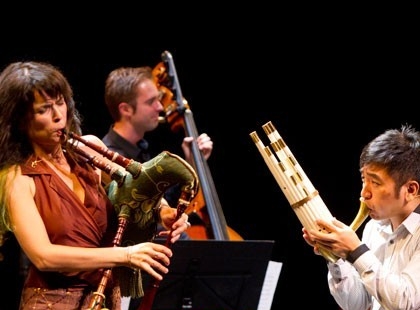Auditions make me feel queasy. My knees feel weak, my heart pounds and I forget to breathe. I cannot help but assume that I am incompetent and am about to make a fool of myself in front of people that could make or break my future career with one disparaging remark.
Waiting for the results makes me feel queasy. For days (or weeks if the director is particularly cruel) I barrage myself with self deprecating thoughts of what I did wrong and what I could, and should, have done better. I have dreams of receiving positive results which turn into nightmares of the performance; where I am sick, injured and have forgotten all my lines.
If I am cast, I receive a brief respite from the perpetual queasiness. If I am not cast, I allow myself five minutes to be sad, call my mom and dad, and tell myself that I am so much better than the girl that they did choose. Then I am back on my computer seeking out the next audition because if I’m not auditioning or rehearsing for a show I feel very uneasy.
I am a firm believer that as a performance major, students should be performing in at least one show a semester. Surprisingly enough, plenty of students graduate having performed in 1 or 2 productions total. While we learn much from our classes on music theory and history, and the technique we learn in our private lessons is invaluable, I believe that performing is necessary to master our craft.
Many of my friends avoid auditions and performing in shows because they feel that they have not yet mastered their technique, and that more a deserving performer will audition and be cast. Likewise, that they do not want to present themselves to the public before they have mastered their technique. I am very much aware of the deficiencies in my vocal technique, and work daily to improve upon it, but in talking to Master and PhD students who have performed internationally I have realized that none of us have perfect technique.
So while I audition for an unreasonable amount of shows and ride an emotional roller coaster as I wait for the results, I find this to be good training for the life that I plan to live. Here, the stakes are much lower –merely risking my pride when a few years from now a flubbed audition will risk bills becoming unpaid. My technique is not perfect and it never will be, and so perhaps, this perpetual queasiness is all in vain. However, I’ve heard it said that 10,000 hours are required to master anything, so I’m on my way to the next audition.




